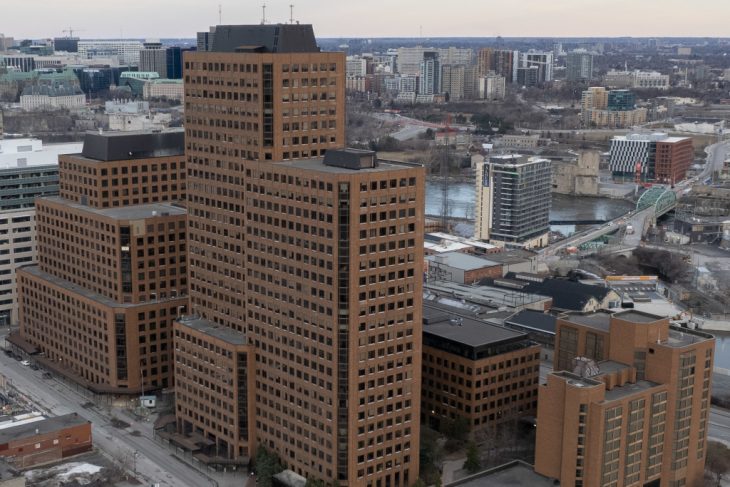
The CRTC wants to hear the public’s thoughts on the establishment of an association to advocate for the needs of indigenous broadcasters in the larger industry.
The regulator said Friday it has heard from participants in the first phase of the co-development of the Indigenous Broadcasting Policy (IBP) about the need for such a “united front” for indigenous broadcasting groups.
Now, in the launch Friday of the second phase of the IBP consultation, the CRTC wants to know the benefits and challenges of establishing an “Indigenous-led and Indigenous-managed broadcasting association.”
It also wants to know who would be best positioned to create, organize and manage that organization, and whether the CRTC should be involved in it.
Those are just some of the many questions to which the regulator is seeking answers to modernize the IBP to strengthen indigenous participation and programming in the system.
“When it came into force on 27 April 2023, the Online Streaming Act made a number of amendments to the Broadcasting Act, including to its policy objectives,” the CRTC said Friday. “The revised objectives prioritize a greater role for Indigenous peoples, and ensure their cultures and languages are reflected in the broadcasting system.”
The CRTC is also asking for comment about indigenous representation in non-indigenous sectors. It is asking what efforts non-indigenous broadcasters make to serve the interest and needs of indigenous listers or viewers; how they can best serve those interests and needs; and how they can have greater representation of indigenous stories in the content they provide.
It is also asking about whether to modify the Canadian content threshold on indigenous radio stations, which sits at 35 per cent.
The CRTC is also asking about a possible third licence category for indigenous radio stations. Currently, there is a Type A category for community radio stations that do not require a licence because they are low power and don’t travel beyond a local community; and a Type B category, which requires a licence because the community is near a large centre with one or more commercial radio stations.
The regulator said it heard from participants in the first phase of the consultation that they would like to increase the radio station’s reach beyond their immediate community.
Now, the commission is asking about how it would be able to facilitate that without adding regulatory burdens on the radio station. It is simultaneously asking about possible modifications to the Type A and Type B categories.
Other questions the CRTC is asking include how to facilitate easier access to the market by small indigenous audio-visual services; how low quality or unreliable internet services affect indigenous broadcasting content; and how the new framework can preserve indigenous languages and cultures.
Comments are due by July 22.
In the third phase, the CRTC said it will provide preliminary views from the public consultation process to indigenous participants so they may comment further on the proposed policy.



